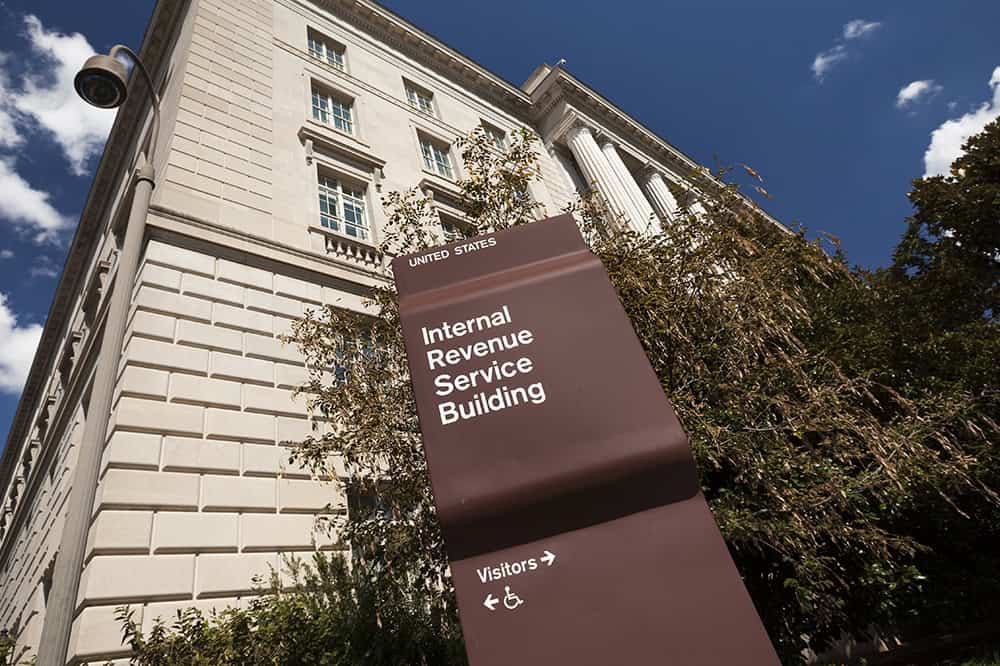Refundable tax credits are preferences in the code that offset tax liability and even enable taxpayers to receive a payment if the value of the credits exceeds their tax liability. The credits are generally meant to achieve certain policy goals, such as support for children and families or helping provide access to healthcare. According to the Joint Committee on Taxation, federal expenditures on refundable tax credits totaled $293 billion in fiscal year 2023. Refundable credits are a subset of tax expenditures — better known as tax breaks — that benefit specific activities or groups of taxpayers.
How Do Refundable Tax Credits Work?
Refundable tax credits reduce a taxpayer's overall income tax liability. If those credits exceed a taxpayer’s income tax liability, they may receive the excess in a refund. Those refunds are classified as outlays in the federal budget. The portion of refundable credits used to reduce income taxes accounted for 4 percent of their cost in calendar year 2022. The portion paid to taxpayers made up the majority of the cost of the credits (89 percent). The remaining portion (7 percent) is recorded as a reduction in other taxes, as mandated by the Internal Revenue Code. However, that portion does not actually reduce other tax revenues like it does income tax revenues. For example, some of the earned income tax credit (EITC) is recorded as a reduction in payroll tax liabilities, but that accounting treatment does not actually reduce the amount of payroll taxes credited to the Social Security or Medicare trust funds.
What Are the Largest Refundable Tax Credits and How Much Do They Cost?
In tax year 2022, there were five refundable tax credits available for taxpayers to claim. The majority of the cost of the credits reflected the additional child tax credit (ACTC), EITC, and the premium tax credit (PTC). They are also among the largest federal tax expenditures. According to the Internal Revenue Service, the EITC was the largest refundable tax credit in tax year 2022, costing the federal government $60 billion. That was followed by the PTC at $54 billion and the ACTC at $35 billion. The other two credits — for qualified sick and family leave and the American opportunity credit — cost a combined $12 billion.
Trends in the Cost of Refundable Tax Credits
The cost of refundable tax credits has grown over the past several years, with the number and budgetary impact of the credits increasing. In 2000, the only refundable credits were the EITC and the child tax credit (CTC), both of which are intended to reduce poverty and support families with children. Refundable credits were first expanded in response to the 2007–2008 financial crisis. Lawmakers created four new, mostly temporary refundable credits: a recovery rebate tax credit, the first time homebuyers tax credit, the making work pay tax credit, and the American opportunity tax credit. During that time, the budgetary effect of refundable tax credits more than doubled from $66 billion in 2007 to $157 billion in 2009. After the crisis, the cost of refundable credits dropped as temporary measures like the making work pay tax credit and the first time homebuyers tax credit expired. However, expenditures for refundable credits grew after the financial crisis because the American opportunity tax credit and the recovery-related expansion of the CTC were later made permanent.
Through the 2010s, refundable tax credits were further expanded through the creation of the Affordable Care Act’s premium tax credit in 2010 and the doubling of the CTC as part of the Tax Cuts and Jobs Act of 2017. Refundable credits were again dramatically expanded in response to the COVID-19 pandemic. In 2020 and 2021, lawmakers expanded the CTC and PTC and created a handful of temporary credits. Expenditures for refundable credits increased from $147 billion in 2019 to $282 billion in 2021. Most of that increase (59 percent) was a result of the expanded ACTC. In 2022, expenditures for refundable credits returned to around pre-pandemic levels.
Conclusion
Refundable tax credits are a growing part of the U.S. tax code and fiscal picture, as well as a key tool lawmakers use in making social policy. While they are a relatively small part of overall spending, they are also among the largest tax expenditures, contributing to revenue reductions. Understanding how refundable tax credits impact the federal budget, benefit taxpayers, and incentivize behaviors is an important component of tax policy. As policymakers consider reforms that can put the United States on a more fiscally responsible track, reform of tax expenditures — including refundable tax credits — can play a role in addressing the imbalance between spending and revenues.
Further Reading
No Taxes on Tips Would Drive Deficits Higher
Eliminating taxes on tips would increase deficits by at least $100 billion over 10 years. It could also could turn out to be a bad deal for many workers.
What is a Wealth Tax, and Should the United States Have One?
Proponents of the wealth tax argue that it could help address rising wealth and income inequality while also generating revenues.
Eight of the Largest Tax Breaks Explained
Tax breaks totaled over $1.9 trillion in 2024. That’s more than the government spends on Social Security, defense, or Medicare and Medicaid.


